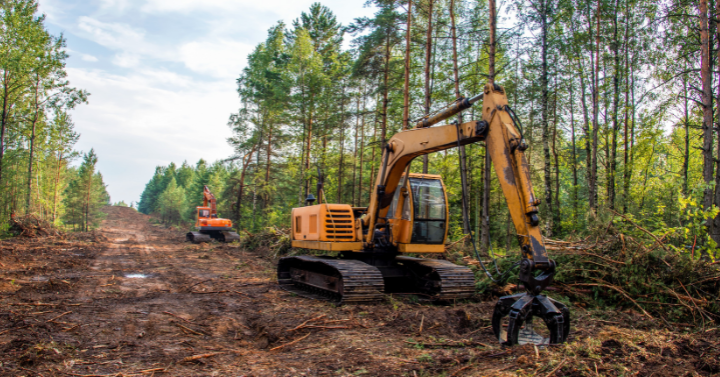Pesticides play a crucial role in forestry vegetation management, ensuring the health and productivity of forests. Our latest published report examines the three main subcategories of pesticide control used in forestry:
- Herbicides, the largest category of pesticides used in forestry vegetation management, are essential for various applications such as site preparation, stand release, and herbaceous weed control in commercial timber production. These chemicals are crucial for maintaining the growth and vitality of forests. Sales of herbicides accounted for nearly 93% of the total market in 2022.
- Invasive weed control includes specific herbicides used exclusively for controlling non-native plants that can damage local forestland systems. Sales of such products in forested areas have seen a notable increase.
- Insecticides play a vital role in protecting forests from destructive insect species, with a primary focus on spongy moths (formerly known as gypsy moths) and other insects that can cause defoliation or tree destruction. These chemicals are essential for preserving the health and integrity of forest ecosystems. Insecticides made up about 7% of sales value in the forestry end-use segment in 2022.
In recent years, the market for pesticides used in forestry management has witnessed significant growth, increasing at a compound annual growth rate (CAGR) of 7.2% since 2019. This remarkable surge can largely be attributed to product shortages that led to price hikes, particularly for key herbicides, such as glyphosate. Such scarcity and subsequent price increases have influenced the market dynamics within the forestry sector. Leading suppliers of herbicides to the forestry industry are Corteva, Bayer, BASF, and Envu.
As the market continues to evolve, it is crucial to stay updated on the latest trends and advancements in pesticide control to ensure the long-term health and productivity of forests. The latest edition of our Industrial Vegetation Management Market for Pesticides USA is now available and provides details into key market segments including forestry, rangeland and pastureland, railroads, roadways, electric utilities and pipelines, and aquatic areas. It features in-depth insights from knowledgeable professionals at pesticide suppliers, distributors, trade associations, government agencies, as well as those in charge of forest maintenance.

